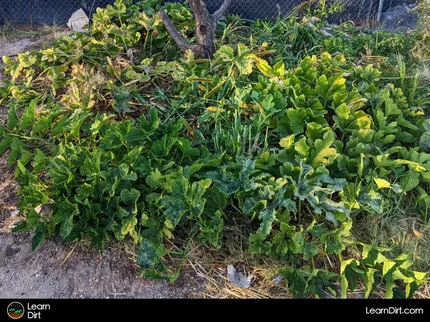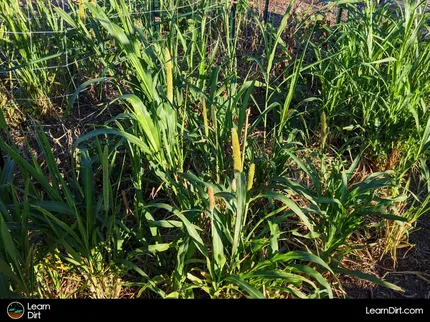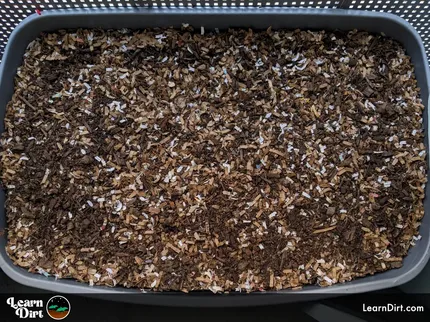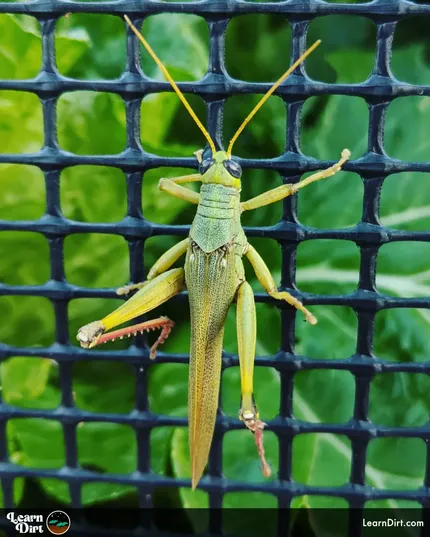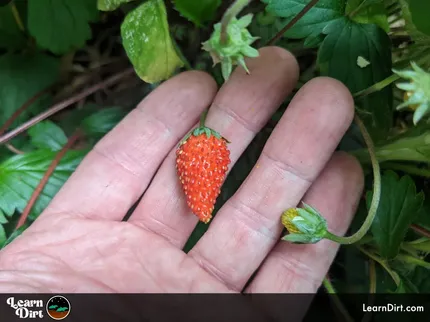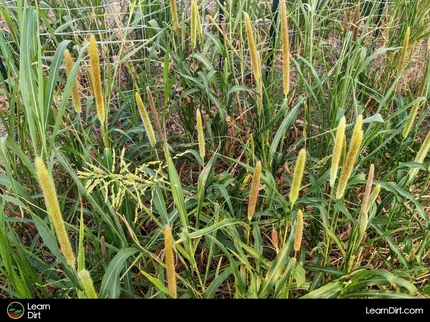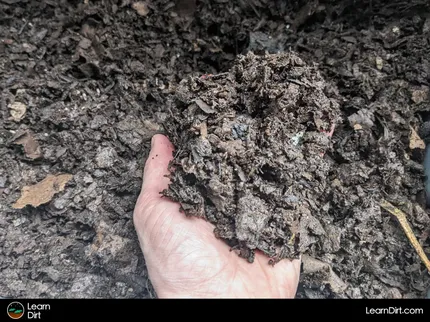Table of Contents
* Our articles never contain AI-generated slop *
Regenerative agriculture centers around one simple idea: that we should build soil quality over time. This is the process of soil regeneration.
What is Regenerative Agriculture?
Regenerative agriculture is a sustainable way of thinking about land management. It prioritizes long-term soil and ecosystem health, rather than short-term gains. To that end, the core tennet for regenerative growers is:
give more to the soil than we take.
Disclaimer: This post may contain affiliate links. Refer to the privacy policy for more information.
That's it. That's the entire regenerative mindset distilled down to its core.
There's more we have to have to talk about, though, to see and understand the way in which this notion is put into practice in the field. How exactly does the prioritization of soil health manifest in the home garden or farm? What does that look like? What are the outcomes?
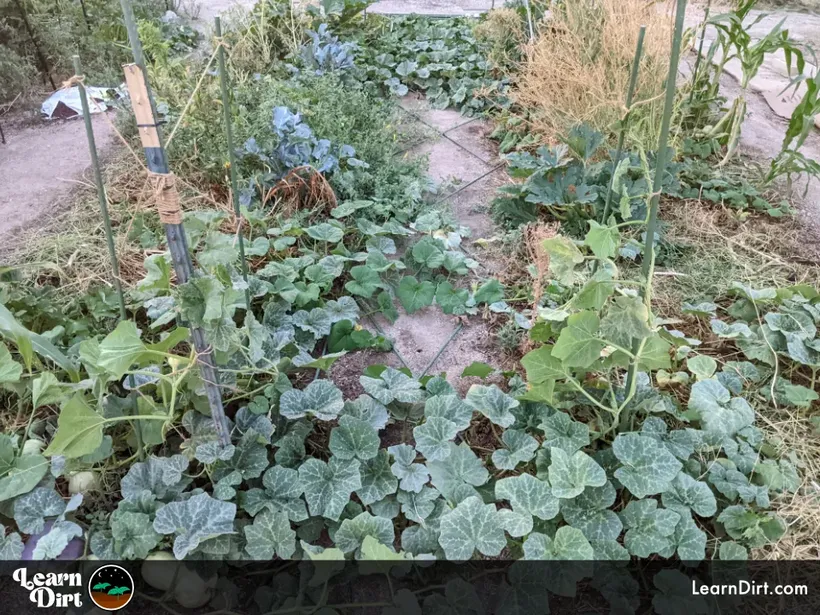
Core Regenerative Pillars
Let's take a look at some of the core pillars upon which the regenerative mindset stands. These are foundational concepts which any gardener, farmer, or rancher should know if they intend to improve their land over time:
Soil Health
If you want healthy plants, feed them healthy soil, in a healthy environment, within a healthy ecosystem.
Somehow agriculture has strayed away from this very obvious connection between soil health, ecosystem health, and plant health.
Chemical agriculture and soil neglect have become so bad in the last century that we've degraded the majority of the arable soils the world over. Some estimates put current average soil organic matter content at <3% across global arable land, an alarming decline from the 10-15% SOM content average seen in arable soils before the introduction of chemical agriculture.
Join The Grower's Community
Find your people.
Your voice matters here 🌱
Check It Out!
The aim of regenerative agriculture is to halt this degradation, focus on soil health and remediation, and reverse the downward trend. By improving soil quality every year, we can heal the land and bring ecosystems back into natural balance.
This approach nurtures the long-term health and vitality of the land, understanding that healthy land produces healthy plants.
Unlike conventional practices that exploit and deplete the soil, regenerative agriculture embraces a holistic approach to land and ecosystem management. This harmonious relationship with the soil forms the foundation of the regenerative paradigm, and sets it apart from "traditional" agricultural methods.
At its heart lies soil regeneration and remediation - the improvement of dirt in order to allow land to support more life.
Let's jump into some of the tenets of regenerative agriculture, and look at the keys this mindset holds to a more sustainable and resilient future.
Systems Thinking & Ecosystem Holism
From an agricultural perspective focused on plants, the connection between soil health and plant health should be clear.
Animal agriculture and fungal agriculture also both rely on soil health, plant health, and ecosystem health. Seeking to understand soil health and being able to nurture it are therefore paramount to a regenerative approach to agriculture.
Through the regenerative lens we see our gardens and land as complex interconnected systems. Each element and character has a vital role to play and balance is the name of the game.
Rather than isolating species (as in monocropping) and demonizing parts of the ecosystem (pesticides / herbicides / fungicides) regenerative agriculture takes a holistic approach to harmonize with the natural system.
Read more about: Systems Thinking in Regenerative Agriculture
Water Conservation
Degraded soils hold less water (reduced holding capacity)
Degraded soils have reduced moisture infiltration rates.
Degraded soils blow away on the wind (The Dustbowl) and run off with the rain.
Soil left fallow without roots in it are extremely prone to erosion.
Nutrient Cycling and Input Reduction
Check out our guide to reducing your garden inputs to learn more.
Reversing Soil Degradation
For too long our soils have been subjected to relentless exploitation, resulting in widespread degradation.
The chemical agricultural practices of the past century have led to the erosion of topsoil, loss of biodiversity, and depletion of essential nutrients.
The regenerative paradigm seeks to reverse this trend by implementing techniques that restore and rejuvenate the soil.
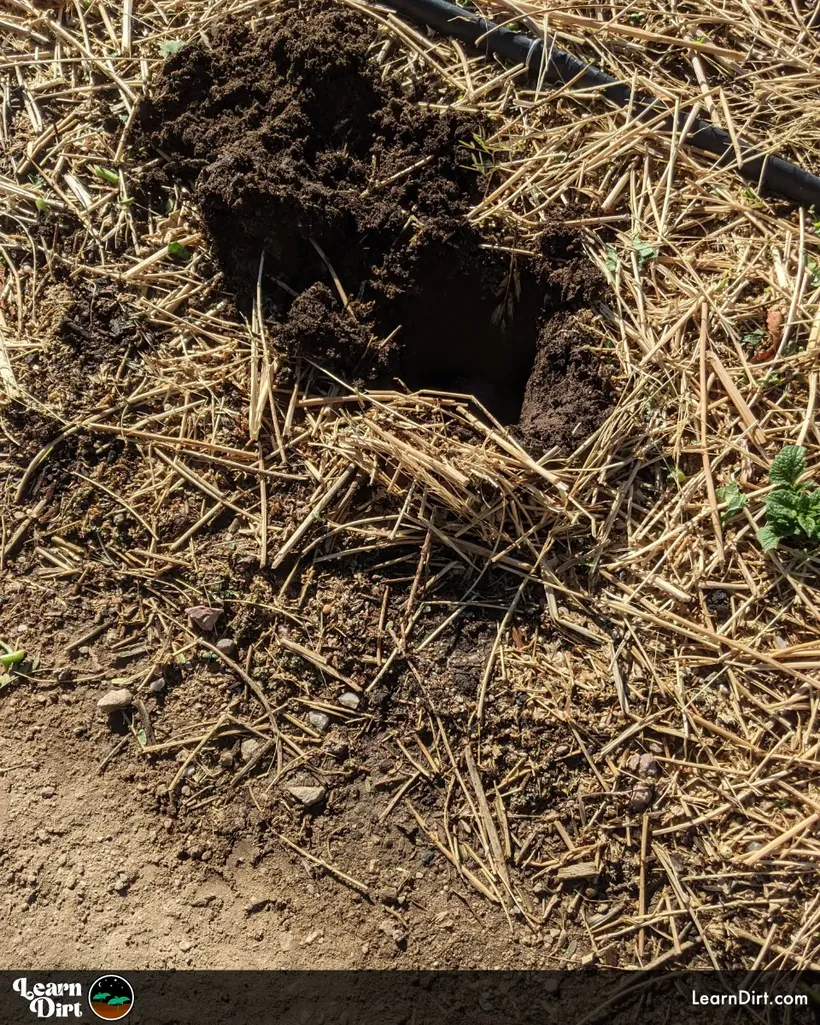
Through the use of cover crops, crop rotation, and minimal tillage, we can improve soil structure, enhance water retention, and increase organic matter content.
These practices not only mitigate erosion and promote nutrient cycling - they also contribute to carbon sequestration. This, in turn, plays a vital role in combating climate change as we seek to revert atmospheric carbon back to sequestered solid carbon.
Dig Cool Merch?
Carbon Sequestration
By some estimates, increasing the world's arable soil organic matter content (SOM) by just 1% globally would completely sequester all carbon released since the dawn of the industrial revolution, reversing global warming entirely.
Improving SOM by 1% can be done in less than a year with regenerative land management practices and is not a tall order to fill. I've taken <1% SOM content desert soils and built them up to 10%+ in 3 years with minimal inputs. This is not a far-fetched idea, but it relies on giving more than you take - something that may be difficult for farmers working with razor thin margins. Thankfully, it doesn't have to be done overnight.
It took us 100 years to trash our planet's soils, and we should expect that it will take decades of dedication to reverse the damage.
Keep Reading...
If you're lookin' to dig into a more advanced regenerative ag. topic, check out Regenerative Gardening And Systems Thinking.
Happy growing, y'all!
That's all for now, thanks for reading!
If you have any questions, comments, or would like to connect with fellow gardeners, head on over to the forum and post there.




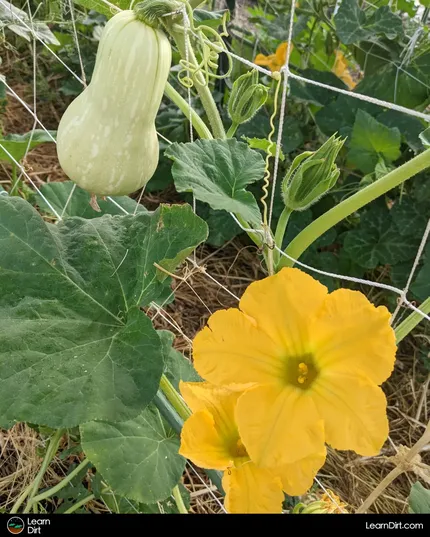
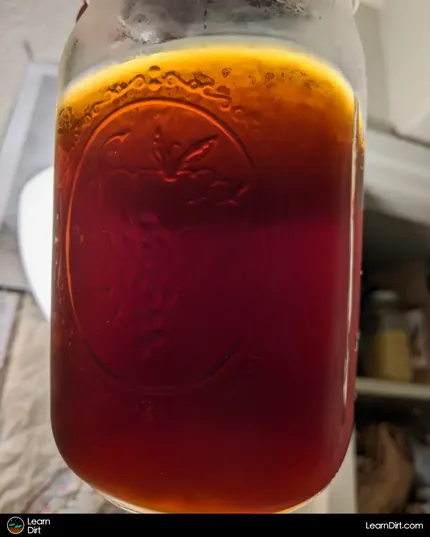


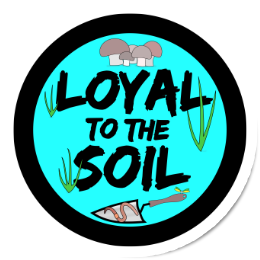
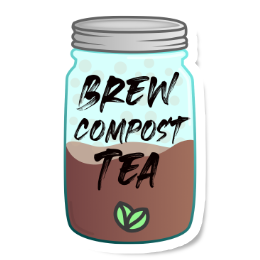
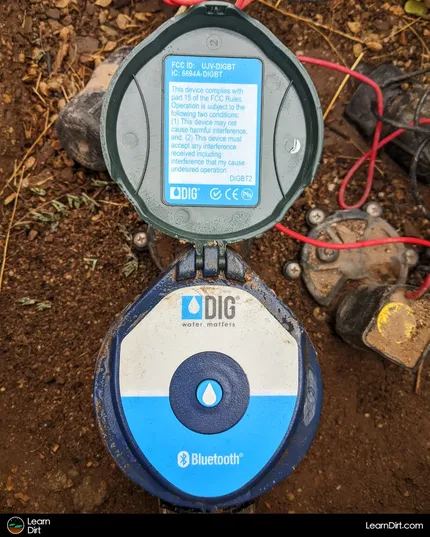
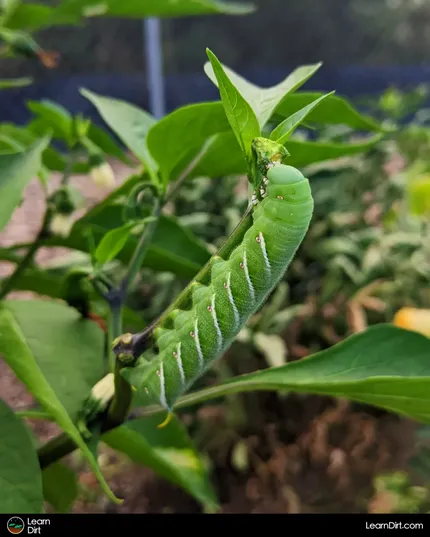
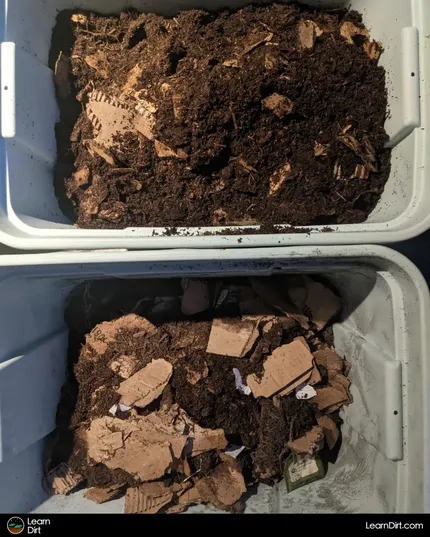
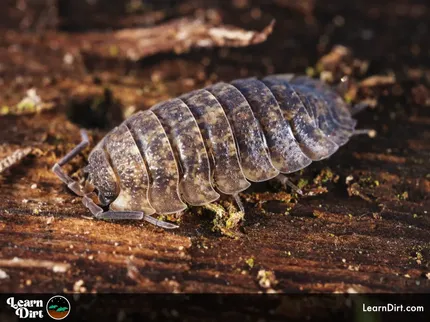
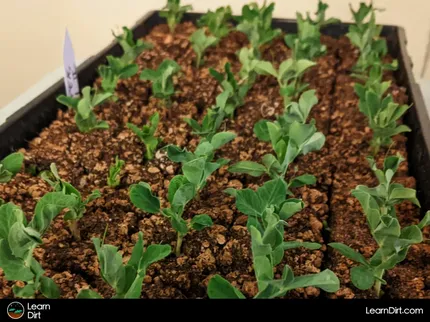
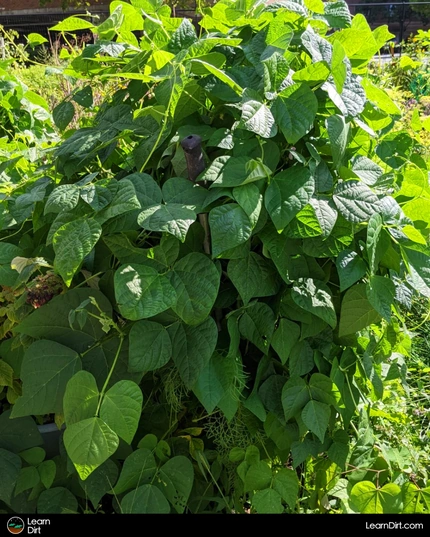
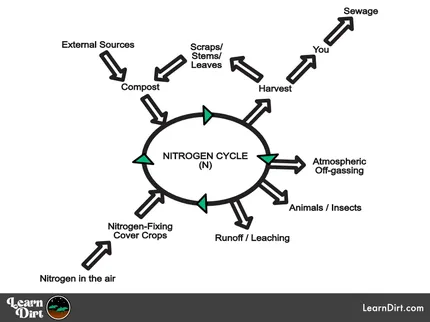
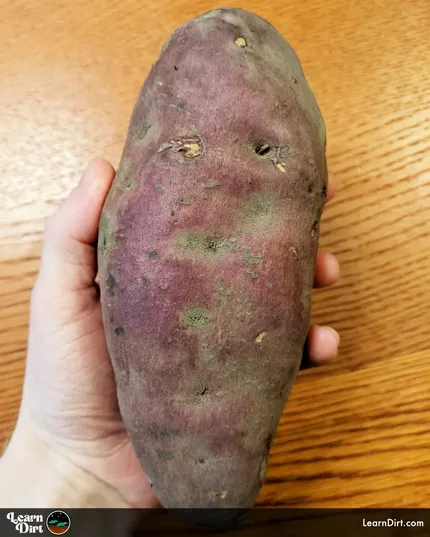
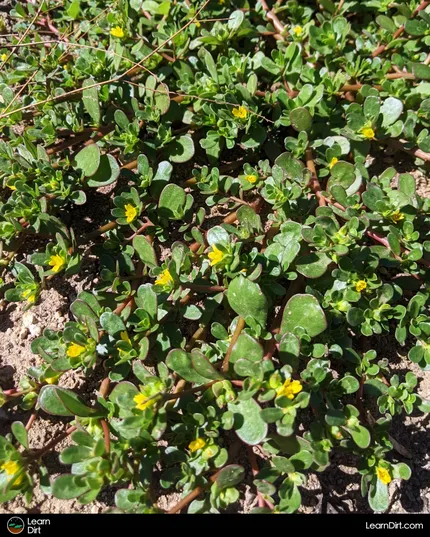

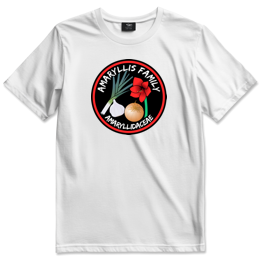
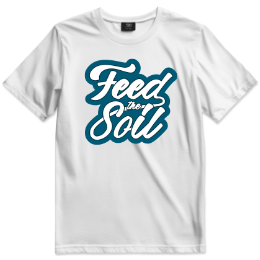
![Black Dirt Live Again [Blue] Sticker](/media/product_images/black-dirt-live-again-[blue]_sticker_260x260.png)
